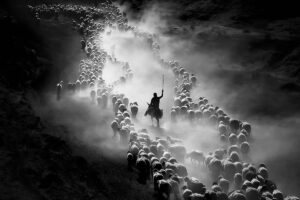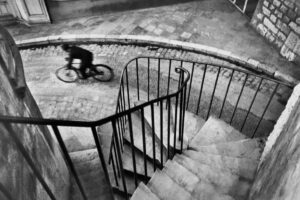![]()
The Canon EOS R1 and R3 set new benchmarks for flagship cameras, but a dynamic range comparison by Photons to Photos hints at one taking the edge, and it isn’t the newest flagship.
Canon’s long-awaited R1, the flagship of its mirrorless lineup, surpasses expectations by delivering remarkable consistency across mechanical and electronic shutters. This positions the R1 not just as a technical achievement but as a strategic statement from Canon about its place in the high-end photography market.
 Credit: Photons to Photos
Credit: Photons to PhotosHowever, the dynamic range results, first highlighted by Canon Rumors, show that the R1’s peak performance can’t quite match the R3 at base and low ISO settings.
At its best, the Canon EOS R3, using its mechanical shutter, delivers an 11.91 photographic dynamic range, whereas the R1 tops out at 10.82. Even when using its electronic shutter, the R3 remains higher than the R1, peaking at 11.23 PDR.
However, it is essential to note that the R1 achieving nearly identical dynamic range regardless of the shutter type is still a welcome technological advancement.
PetaPixel‘s review of the R1, Chris Niccolls emphasizes how the R1’s electronic shutter maintains parity with the mechanical option in terms of dynamic range.
“Most cameras also have reduced dynamic range when using the electronic shutter but the R1 delivers similar results regardless of if you pick mechanical or electronic. As per usual, Canon bakes a little bit of noise reduction into the files, even the RAWs. Image quality is still excellent of course, with beautiful colors and rich detail, but it’s still worth pointing out,” Niccolls writes.
Despite not besting the R3 in terms of dynamic range, the EOS R1 is still a great camera and superior to the R3 overall.
The R1 and R3 serve the same audience, professional photographers who demand the ultimate speed and overall performance within the Canon EOS R system. Both cameras feature 24-megapixel stacked full-frame image sensors, although the R1 has a newly developed one. The cameras have the same 100-102,400 native ISO range, similar body designs, 6K video recording, and advanced autofocus.
 Canon EOS R1 sample image by Chris Niccolls
Canon EOS R1 sample image by Chris NiccollsHowever, while the R3’s peak dynamic range surpasses the R1’s, the new R1 offers more for the target audience. Canon’s flagship camera has a better EVF, pre-capture shooting, improved autofocus, faster shooting (40 versus 30 frames per second), and fancy new composite and noise reduction modes.
As PetaPixel readers showed when they selected the Z6 III as their Camera of the Year by a large margin, many photographers care about much more than dynamic range. So the R1 isn’t better than the R3 in every possible way, but it is better in many ways that matter most to the target user.
Image credits: Featured image courtesy of Canon






 English (US) ·
English (US) ·